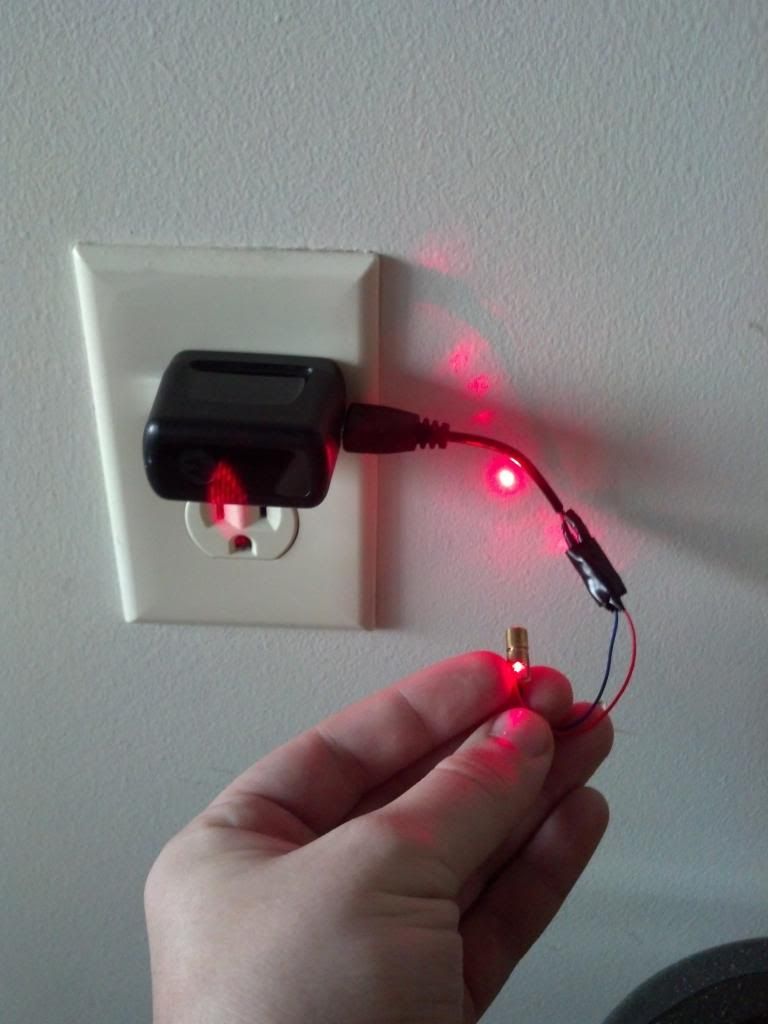- Joined
- Aug 14, 2013
- Messages
- 2,640
- Points
- 63
You could try the ML101. It might just have the beam quality you're looking for. Nowhere
close to DPSS, but none of the stability issues either. 10-packs are going for $30 on eBay.
650nm is much less visible than 532nm. If you're really worried about it you could probably
go to 780nm at an increased risk of blinding yourself and others.
Each beam should have its own individually adjustable mirrors to make alignment less of a
pain.
660nm 300 400mW CW Red Laser Diode ML101U29 25 10pcs Pak | eBay
close to DPSS, but none of the stability issues either. 10-packs are going for $30 on eBay.
650nm is much less visible than 532nm. If you're really worried about it you could probably
go to 780nm at an increased risk of blinding yourself and others.
Each beam should have its own individually adjustable mirrors to make alignment less of a
pain.
660nm 300 400mW CW Red Laser Diode ML101U29 25 10pcs Pak | eBay
Last edited:





